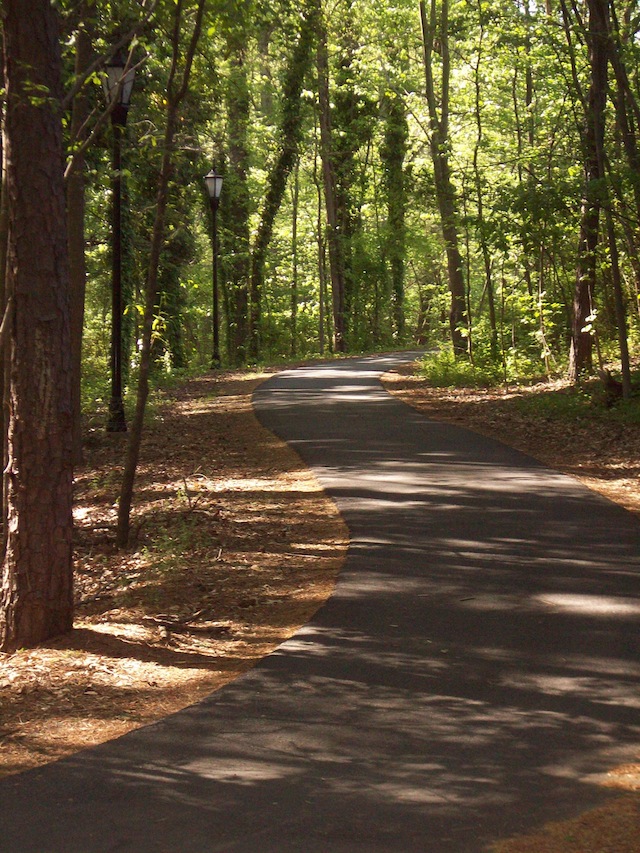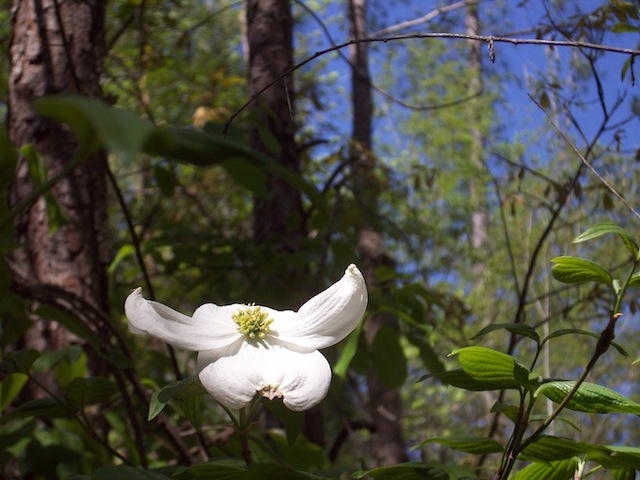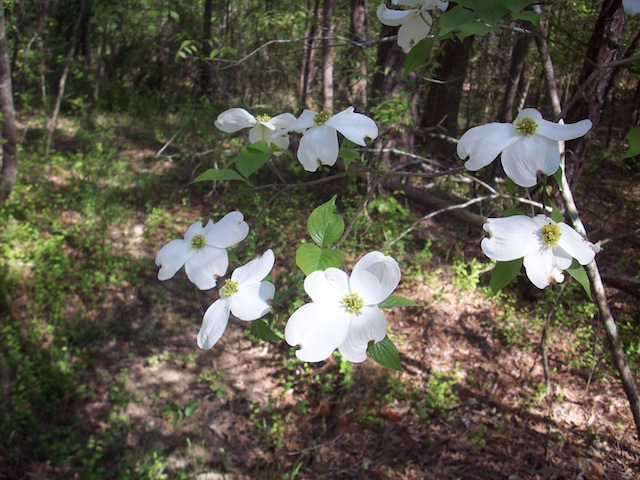
“There go the toxins,” says Mark, gleefully pouring the first batch of boiled water out of a pot of pokeweed. That’s a reassuring comment considering pokeweed is a poisonous plant whose litany of effects include severe stomach cramping, nausea, diarrhea, vomiting, slow and difficult breathing, weakness, spasms, severe convulsions, and death. Delicious.
The snack of boiled pokeweed is the culmination of a wild foods workshop, where we’ve spent the last five hours learning about the medicinal qualities of dogwood leaves, English plantain, and mullein, among others. Although I have been momentarily tempted to wander through the woods eating leaves and cutting bark from every tree I passed, the lessons, peppered with casual references to plants that will make you convulse for hours if you happen to nibble, makes me think twice. “Oh yeah, you might not want to eat that.”

The high incidence of edible plants having a poisonous look-alike make foraging something you should only do if you’re absolutely certain about the plant you’re about to eat. Mark, our instructor, tells us one story of a woman leading an edible foods workshop who accidentally fed her class a plant that burns human tissue instead of a very similar looking plant that tastes a little like cabbage. Of course, that reassured us for having signed up for the class.
The plant world is an absolutely fascinating and relatively untapped realm – untapped, at least, by American society. Mark showed us countless plants, such as jewel weed, a natural cortisone producer, which are far more potent than their man-made, pill counterparts. Dogwood leaves, for example, will cure a migraine in an hour. A tea made from the leaves of English plantain lowers blood pressure. Mullein, boiled in water and inhaled, relieves allergies. I could go on.

Mark brings in the trunk of a youngish pine tree, “sacrificed” (I believe he used the phrase, “and then I talked to the tree” when describing the ritual) for yesterday’s class and now being used for ours.